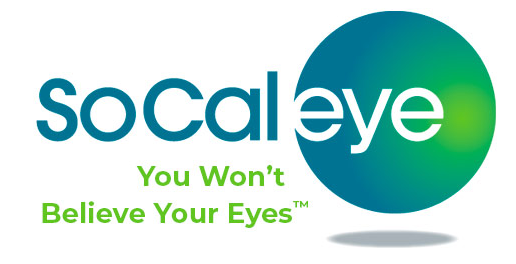
The benefits associated with LASIK surgery have been well documented but for some LASIK is not an option. Factors such as age, corneal thickness, and degree of refractive error can affect a patient’s candidacy for LASIK but for those considered not a candidate, they are not without options. There is an alternative refractive procedure to LASIK that is on the rise.
Refractive Lens Exchange – An Alternative to LASIK
Refractive Lens Exchange (RLE) surgery involves replacing the eye’s natural lens with an artificial intraocular lens (IOL) to improve vision and potentially eliminate the need for prescription eyewear. The procedure is the same as Cataract Surgery and is performed over 3 million times in the US every year. The only difference from Cataract Surgery is that the existing lens is not being replaced because of cloudiness and vision impairment. In the case of RLE it is considered to be an ‘elective surgery’ to correct Refractive Errors such as nearsightedness, farsightedness, and astigmatism. While the procedure has been around for decades, the patient motivation for pursuing RLE as a popular elective procedure is a more recent phenomenon.
Five reasons why RLE is becoming more popular:
Corrects a wide range of vision problems:
RLE can address a broader range of refractive errors compared to other vision correction procedures like LASIK or PRK. It is suitable for patients with high degrees of myopia (nearsightedness), hyperopia (farsightedness), astigmatism, or presbyopia (age-related loss of near vision). This versatility makes RLE an attractive option for individuals with various vision impairments.
Eliminates the Need for future Cataract Surgery:
RLE is often performed to treat cataracts, a condition where the natural lens becomes cloudy and impairs vision. By removing the natural lens and replacing it with an IOL, RLE can effectively address both the refractive error and the cataract. This dual benefit eliminates the need for separate cataract surgery in the future, making RLE a convenient option for older adults.
Long-Lasting Results:
RLE provides long-lasting vision correction. The artificial IOLs used in the procedure are designed to be permanent and typically do not require replacement or maintenance. Unlike contact lenses or glasses, which need to be worn and replaced regularly, RLE offers a more permanent solution, reducing the inconvenience and ongoing costs associated with other vision correction methods.
Enhanced visual outcomes:
RLE can deliver superior visual outcomes compared to alternative procedures. The artificial IOLs used in RLE are customized to each patient’s individual prescription, leading to precise and accurate vision correction. Moreover, advancements in IOL technology, such as multifocal or accommodating IOLs, can provide improved near, intermediate, and distance vision, reducing or eliminating the need for glasses in many situations. New Light Adjustable Lenses represent a cutting-edge IOL technology for the most customized vision after surgery.
Safety. The most common Surgical Procedure in the US:
RLE surgical procedures have been used for decades and today over 3 million procedures are performed every year in the US. Surgeons utilize advanced techniques and technology, such as femtosecond laser-assisted surgery, which offers increased precision and extremely high degrees of safety.
SoCal Eye. Refractive Lens Exchange, Long Beach
Patients looking to free themselves from prescription eyewear and contact lenses are increasingly looking to RLE as an alternative to LASIK and PRK as an elective Refractive Surgery. The Eye Doctors at SoCal Eye in Long Beach will answer all patient questions and provide recommendations during the LASIK Consultation. Please call 562 531 2020 for an appointment and request online.




